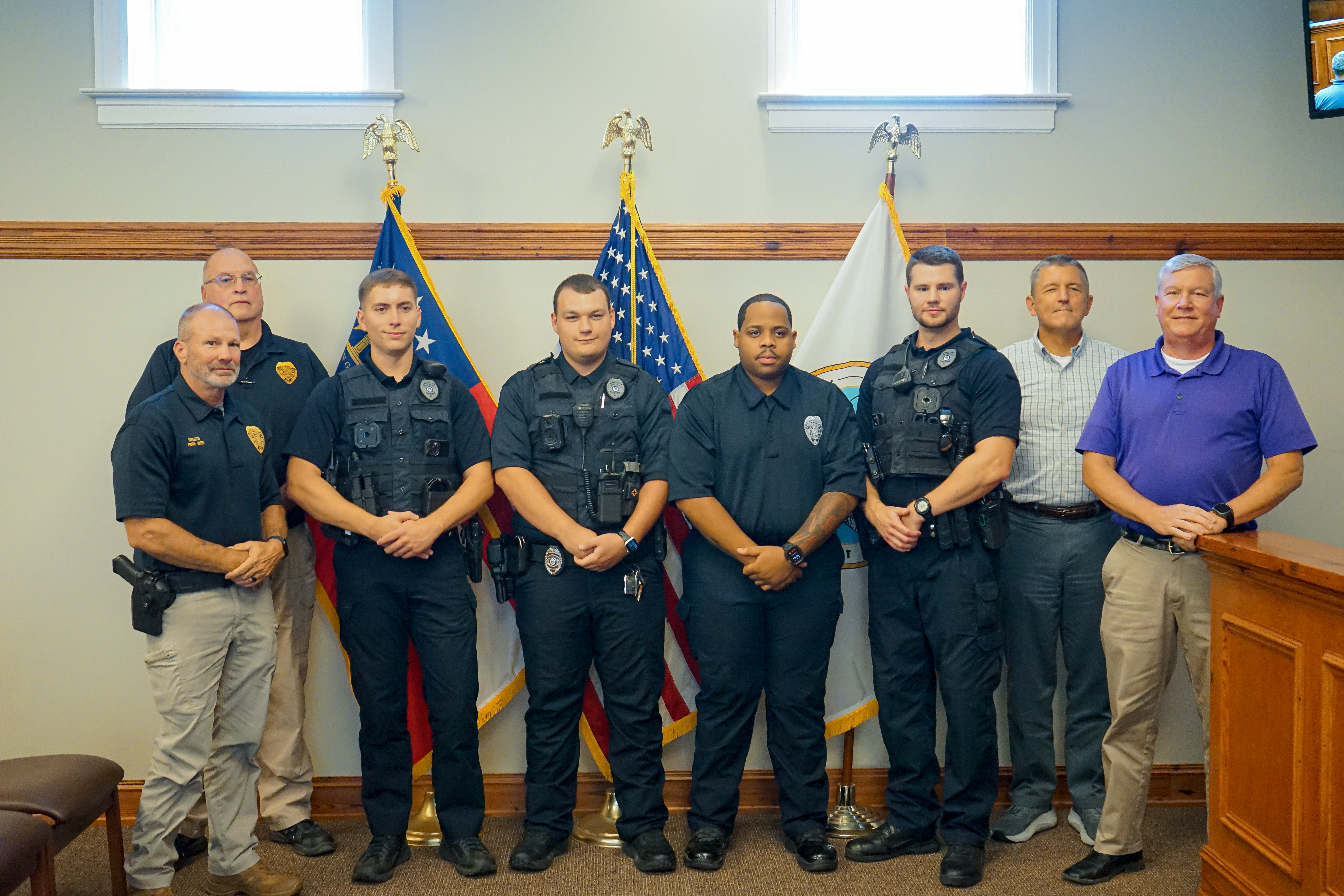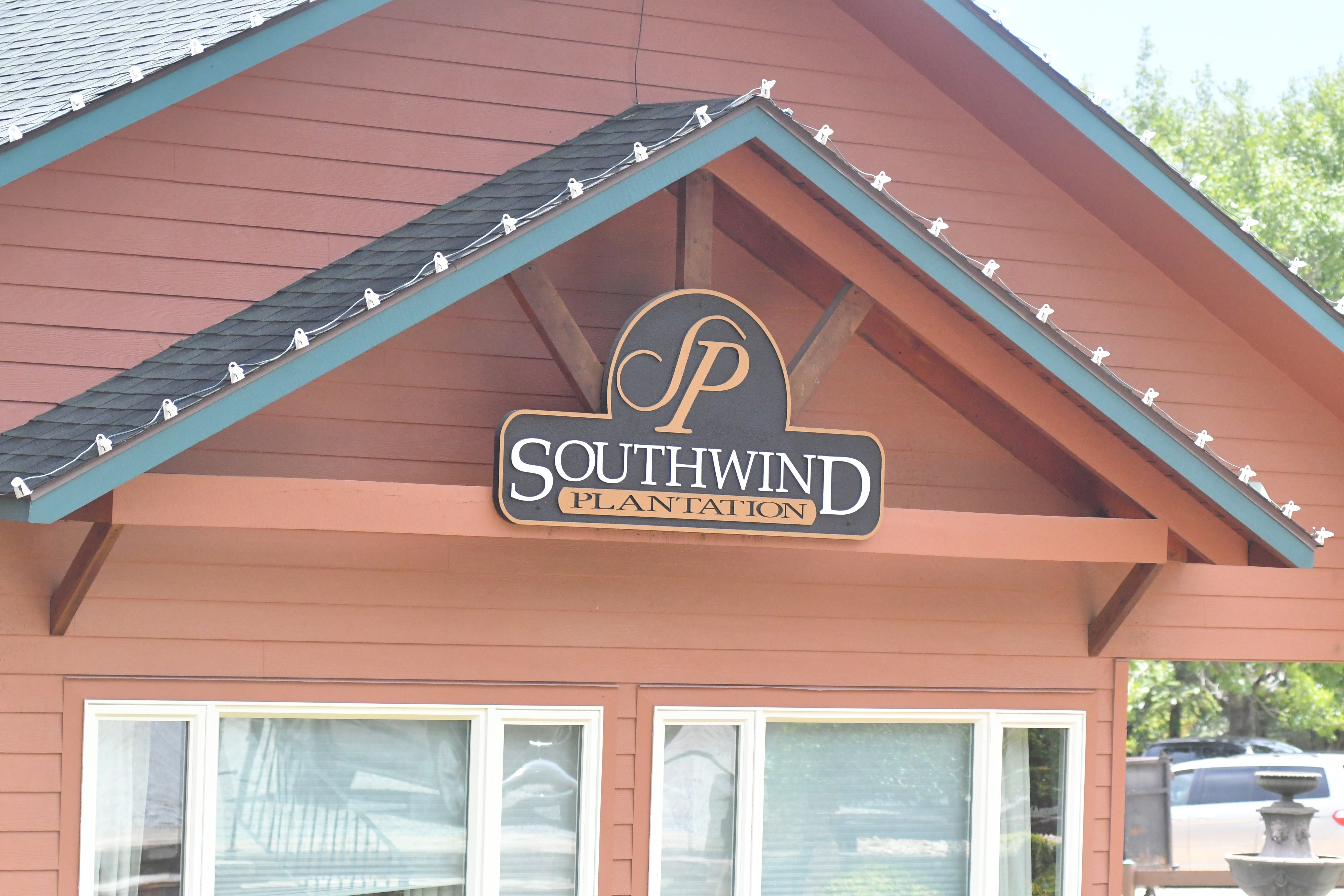BPS investigating counterfeit bills
Published 2:05 pm Tuesday, April 3, 2012
Bainbridge Public Safety is investigating a rash of counterfeit bills being passed at local businesses.
Two counterfeit bills were reported to BPS on Tuesday, Investigator Ryan Deen said.
On Sunday, an employee of a convenience store turned in two $20 counterfeit bills, which customers had attempted to use for payment in the past week. A customer who unknowingly used a counterfeit $20 on Sunday told an officer he had received it as change from another business.
Trending
On Monday, March 19, an employee of Peoples South Bank on Tallahassee Highway reported receiving counterfeit bills among money that three separate businesses had deposited over the weekend at the bank. Public Safety Investigator Anthony Stubbs took possession of three counterfeit $20 bills and two counterfeit $50 bills.
Peoples South Bank also reported a counterfeit $50 on March 26.
Five Florida residents were arrested by BPS and charged with forgery in June 2011 after seven local businesses reported being victims of counterfeit money.
This past January, there were also several cases of counterfeit bills being used that were reported to the Sheriff’s Office by local convenience stores.
How to spot counterfeit bills
Trending
The U.S. Secret Service, which investigates counterfeiting, offers suggestions for spotting fake or altered currency on its Web site www.secretservice.gov. The most common type of currency, Federal Reserve notes, are printed with a green Treasury seal and serial numbers. On U.S. notes they are red and on silver certificates, they are blue. Notes of $500 or greater value have not been printed for many years and are being withdrawn from circulation.
According to the Secret Service, a common trick of small-time counterfeiters is to alter the denomination of actual currency, for example, by taping the number 10 onto the corners of a $1 bill. However, every currency note has its actual denomination written out — for example, “One Dollar” — in addition to a notable figure in U.S. history featured on the bill’s portrait. No living figure, such as Bill Clinton or George W. Bush, is pictured on real U.S. currency. In fact, no U.S. president serving after 1901 is pictured on any real printed currency.
One way to tell if larger bills are counterfeit is to use a special counterfeit-detecting marker that can be purchased at business supply stores, BPS Investigator Ryan Deen said.
“With some ‘bleached’ counterfeit bills, when you hold them up to a bright light, you can see the picture of the president on the original bill showing through or see the original denomination is a $5 instead of a $20,” Deen said.
The color and print quality of letters, numbers and lines can also appear blurry or distorted on counterfeit bills, Deen said.
Other distinguishing features of real printed currency include the texture of the high-quality cotton rag it is printed on, which feels different from common paper, and special color-changing ink found on the $10, $20, $50 and $100 bills.
“If something doesn’t feel right, be skeptical and compare how it feels compared to other bills,” Deen said.
People who doubt that a bill they have received is genuine are asked to call the United States Secret Service, their bank or the police.





